Worksheet: Electricity: Magnetic and Heating Effects | Worksheets with Solutions for Class 8 PDF Download
| Table of contents |

|
| Multiple Choice Questions (MCQs) |

|
| Fill in the Blanks |

|
| True or False |

|
| Very Short Answer Questions (1 line) |

|
| Short Answer Questions |

|
| Match the Following |

|
Multiple Choice Questions (MCQs)
Instruction: Select the correct option for each question.
Q1. What did Oersted discover in 1820?
a) Heating effect of current
b) Electric charge of Earth
c) Magnetic effect of electric current
d) Structure of dry cell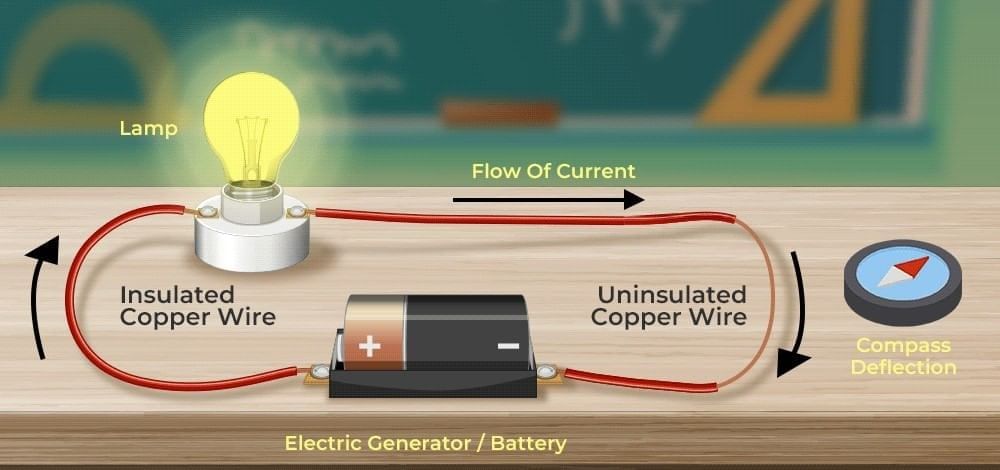
Q2. Which instrument can detect the magnetic field around a current-carrying wire?
a) Vernier caliper
b) Magnetic compass
c) Thermometer
d) Barometer
Q3. An electromagnet is:
a) A permanent magnet made of steel
b) A coil with an iron core that becomes a magnet when current flows
c) A bar magnet with fixed poles
d) A coil without any core
Q4. Which change will increase the strength of an electromagnet?
a) Using fewer turns of wire
b) Reducing current
c) Inserting a soft iron core
d) Removing the battery
Q5. Lifting electromagnets are used mainly to:
a) Measure current
b) Lift and move heavy steel in scrap yards
c) Store electrical energy
d) Heat metals
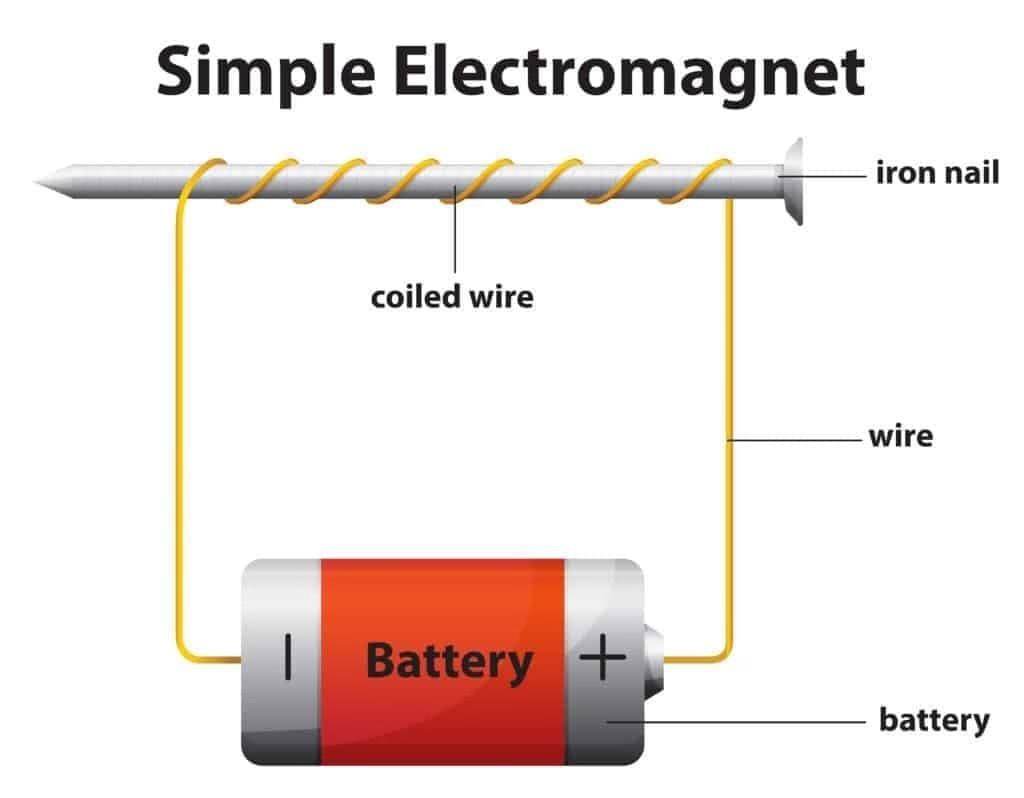
Fill in the Blanks
Instruction: Fill in the blanks with the correct word based on the chapter.
Q1. __________ wire is used as a heating element because it has high resistance.
Q2. A device that produces electricity by a chemical reaction is called an electric __________.
Q3. In a dry cell, the electrolyte is a moist __________.
Q4. In the lemon battery, the lemon juice acts as an __________.
Q5. Multiple cells connected together form a __________.
True or False
Q1. A nichrome wire becomes hot when current passes through it because of the heating effect of electric current.
Q2. Heat produced in a wire increases when the wire is longer, thinner, and carries more current.
Q3. A simple voltaic cell produces electricity through magnetic induction.
Q4. In a dry cell, the zinc container acts as the negative terminal.
Q5. Lithium-ion batteries are single-use and cannot be recharged.
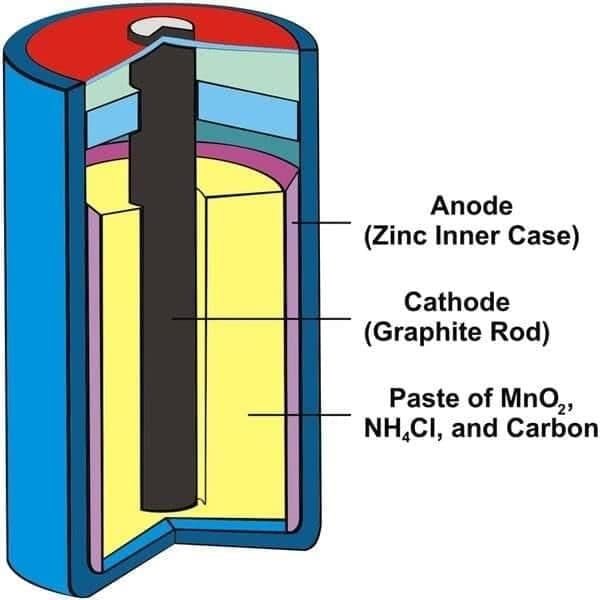
Very Short Answer Questions (1 line)
Instruction: Answer the following questions in one line.
Q1. What simple observation shows the magnetic effect of current?
Q2. Name any one factor that increases the strength of an electromagnet.
Q3. What happens to an electromagnet when the current is switched off?
Q4. What is resistance?
Q5. Which terminal is at the center of a dry cell?
Short Answer Questions
Instruction: Answer the following questions in 2–3 lines.
Q1. State Oersted’s finding and its importance.
Q2. How can you make a simple electromagnet at home?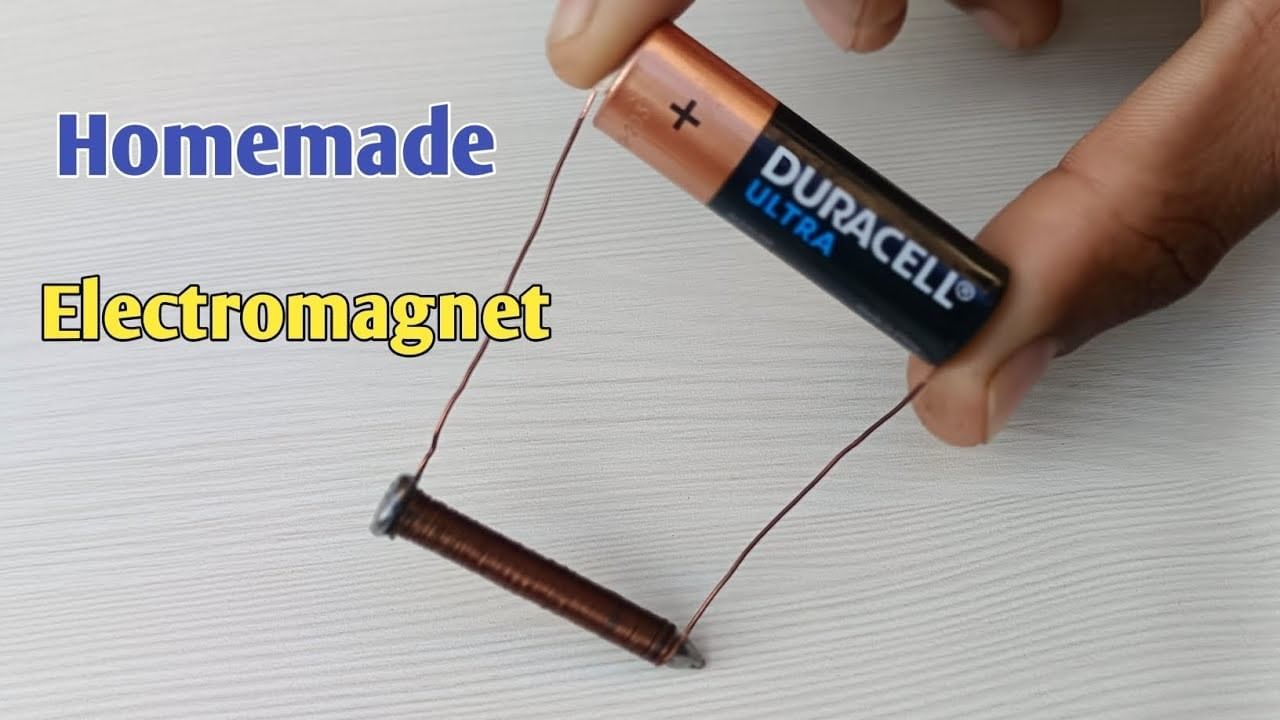
Q3. Mention two ways to increase the heat produced in a wire.
Q4. What is the basic structure of a dry cell?
Q5. How can you light an LED with lemons?
Match the Following
Instruction: Match Column A with the correct option in Column B.
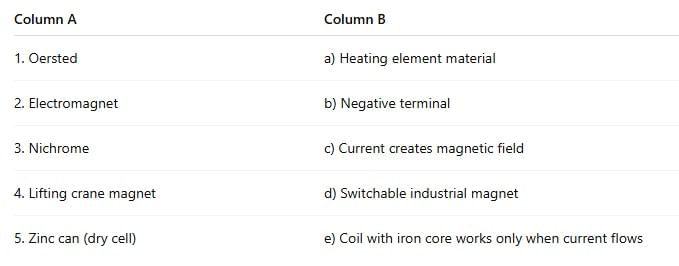
FAQs on Worksheet: Electricity: Magnetic and Heating Effects - Worksheets with Solutions for Class 8
| 1. What are the main effects of electricity on magnetic fields? |  |
| 2. How does electricity produce heating effects? |  |
| 3. Can you explain the relationship between magnetism and electricity? |  |
| 4. What safety precautions should be taken when working with electrical circuits? |  |
| 5. What is the significance of Ohm's Law in electrical circuits? |  |















